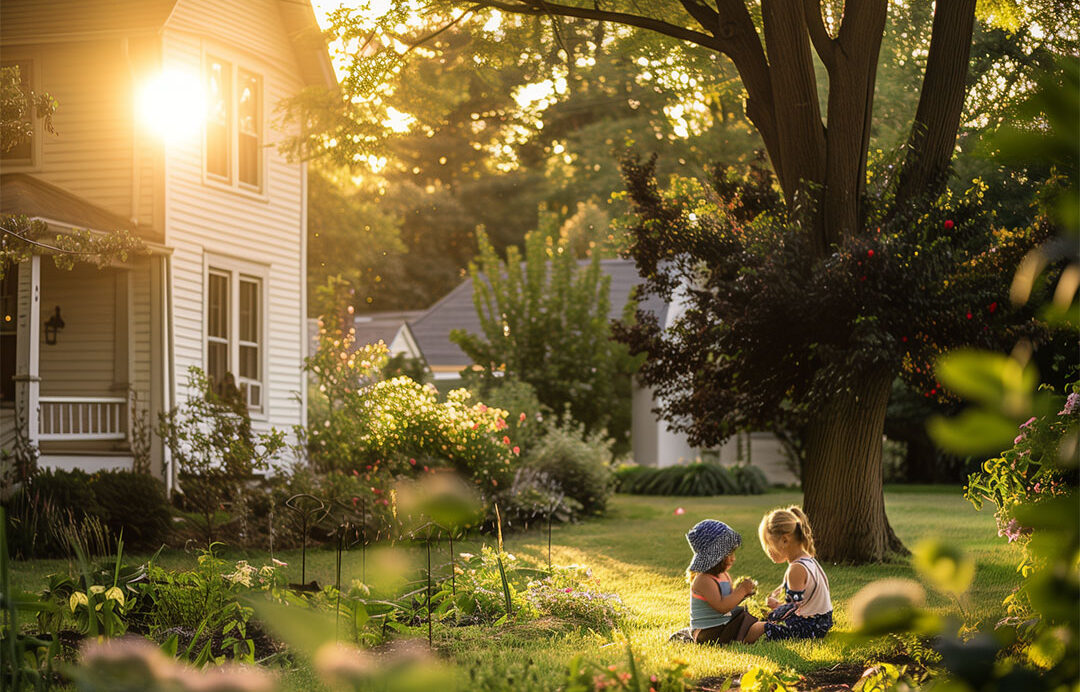Growing Buffalo Grass: A Comprehensive Guide
Buffalo grass is a popular choice for lawns, thanks to its drought tolerance, low maintenance needs, and soft texture. If you’re looking to grow buffalo grass in your yard, this guide will provide you with all the information you need to get started.
Understanding Growing Buffalo Grass
Before you begin growing buffalo grass, it’s crucial to understand the plant’s characteristics, a key aspect of growing buffalo grass. Buffalo grass, a warm-season variety thriving in hot and dry climates, boasts a deep root system aiding its resilience to drought conditions. Such attributes make it a prime choice for areas with low rainfall.
Additionally, with its low growth habit and tendency to grow in clumps, buffalo grass proves itself as an excellent choice for low-maintenance lawns. However, establishing and maintaining a lush lawn does necessitate some care, especially when growing buffalo grass.
Preparing the Soil
The first step in growing buffalo grass is to prepare the soil. Buffalo grass prefers well-drained soil, so make sure the soil has good drainage. You can test the soil drainage by digging a hole and filling it with water. If the water drains away within an hour or two, the soil is well-drained.
Buffalo grass also prefers a slightly acidic soil with a pH between 6 and 7. You can test the soil pH using a soil testing kit, available at most garden centers.
Planting Buffalo Grass
Once you’ve prepared the soil, it’s time to plant the buffalo grass. You can plant buffalo grass using either seed or sod. Buffalo grass seed is available at most garden centers, while buffalo grass sod is available at nurseries.
If you’re planting buffalo grass seed, you’ll need to prepare the soil by raking it lightly to create a smooth surface. Then, spread the seed evenly over the soil and rake it lightly to cover the seed with soil. Water the area lightly to keep the soil moist until the grass germinates.
If you’re planting buffalo grass sod, you’ll need to prepare the soil as for seed, then lay the sod over the soil, making sure the edges of each piece of sod are tightly joined. Water the area well to help the sod establish roots.
Caring for Buffalo Grass
Once your buffalo grass is established, it requires minimal care. Water the grass deeply once a week, making sure the soil is moist to a depth of six inches. Fertilize the grass once a year in the spring with a slow-release fertilizer. You can also mow the grass to a height of two to three inches, as needed.
Conclusion
Growing buffalo grass is a great way to create a low-maintenance, drought-tolerant lawn. By understanding the plant’s characteristics, preparing the soil, and following a few simple care tips, you can enjoy a lush buffalo grass lawn in your yard.
FAQs
1. How much sunlight does buffalo grass need?
Buffalo grass thrives in full sun but can tolerate some shade.
2. How often should I water buffalo grass?
Water buffalo grass deeply once a week, making sure the soil is moist to a depth of six inches.
3. Can I plant buffalo grass in the fall?
Yes, you can plant buffalo grass in the fall, as long as the soil temperature is above 60°F.
4. How long does it take for buffalo grass seed to germinate?
Buffalo grass seed typically takes two to three weeks to germinate.
5. How do I control weeds in my buffalo grass lawn?
Hand pull weeds as they appear or use a herbicide labeled for use on buffalo grass. Be sure to follow the manufacturer’s instructions carefully.
Check Out More Articles From A1 Grass
Looking to learn more about lawn care? Check out our other articles for tips and tricks on maintaining a lush and healthy lawn. At A1 Grass, we’re committed to providing you with the information you need to create the perfect outdoor space.
- Bermuda Grass for High-Traffic Areas: Top Resilient Landscaping Solution for 2024
- ZeroScape Landscaping Designs: Crafting a Drought-Tolerant Garden
- Mastering Hardscape Installation in the Dallas-Fort Worth Area: Tips for Success
- Choosing the Perfect Hardscape Materials: A Guide to Enhancing Your Outdoor Space
- 5 Affordable Hardscape DIY ideas: Transform Your Outdoor Space without Breaking the Bank




